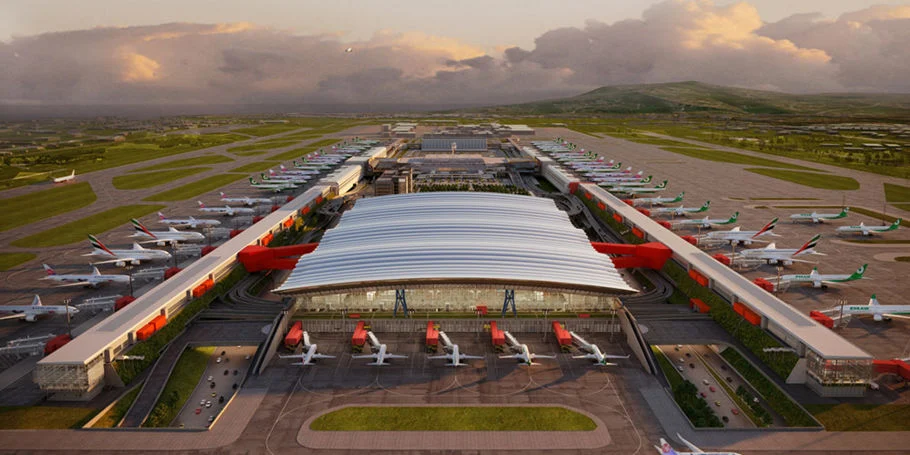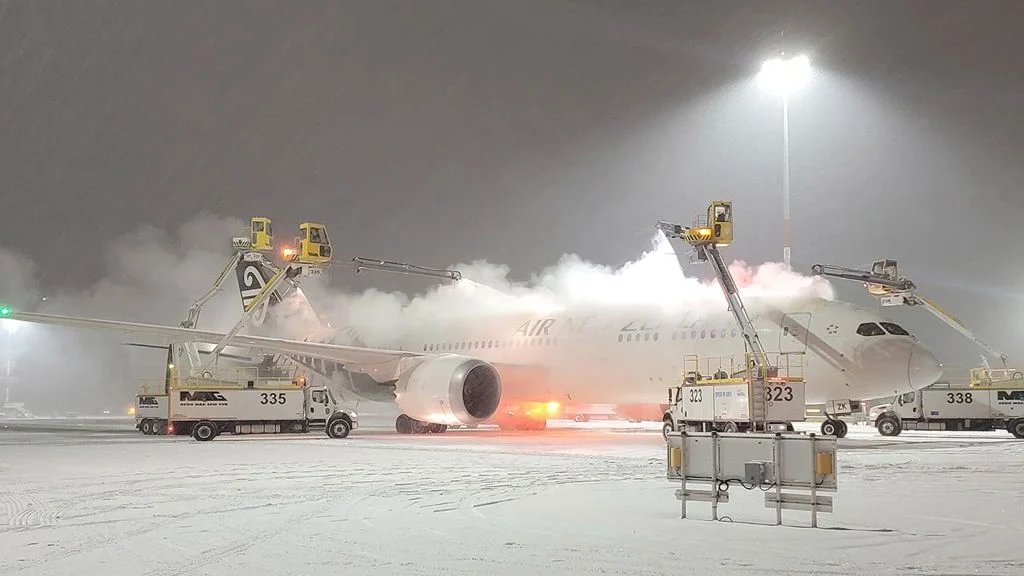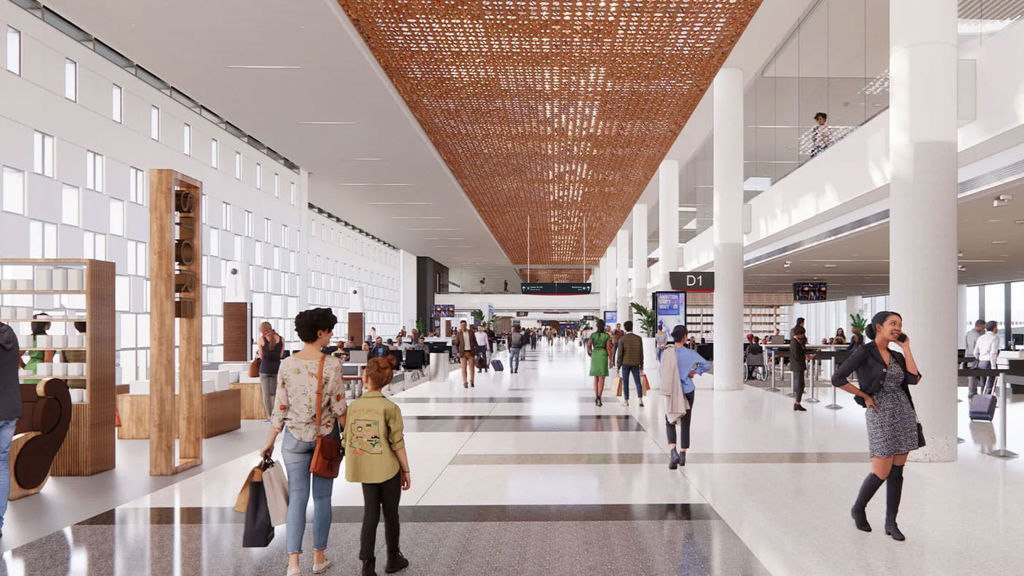New York’s LaGuardia Airport has long been known for its outdated infrastructure and low customer satisfaction rates. In 2017, Arup partnered with Delta, LGA’s largest carrier, to consolidate Delta Terminal’s C and D into a dazzling state-of-the-art facility, featuring 37 gates across four concourses. Arup’s comprehensive technological integration across every function of the terminal has set a new benchmark for airports globally and will help define the future of air travel.
Arup is leading the creation of a long-awaited, integrated technology infrastructure that provides a customer-friendly journey for a safer and more sustainable future for travel. The seminal shift will be digital, delivering a superior customer experience and improving operations whilst cutting energy costs and reducing carbon emissions throughout the terminal in a dual approach that maximises overall success. A centralisation of technology will deliver pioneering levels of information access and smart operations for Delta, simplifying the check-in, security check and baggage claim touchpoints.
The integrated technology approach will be fundamental in providing an information-rich journey, for a more intuitive and bespoke experience with digital wayfinding signage from the roadway to the gates with customisable information. QR code-accessible screens throughout the terminal will support passengers with updates and insights for a dynamic and hands-free signage option, drastically improving the customer journey and operations management. Data analytics and insights were implemented using an overarching technology platform, gathering data across the terminal’s subsystems through customisable Arup dashboards. From the outset, we envisioned an agile, integrated technological platform with an assignment to develop an IT master plan for a complete electrical engineering overhaul.









